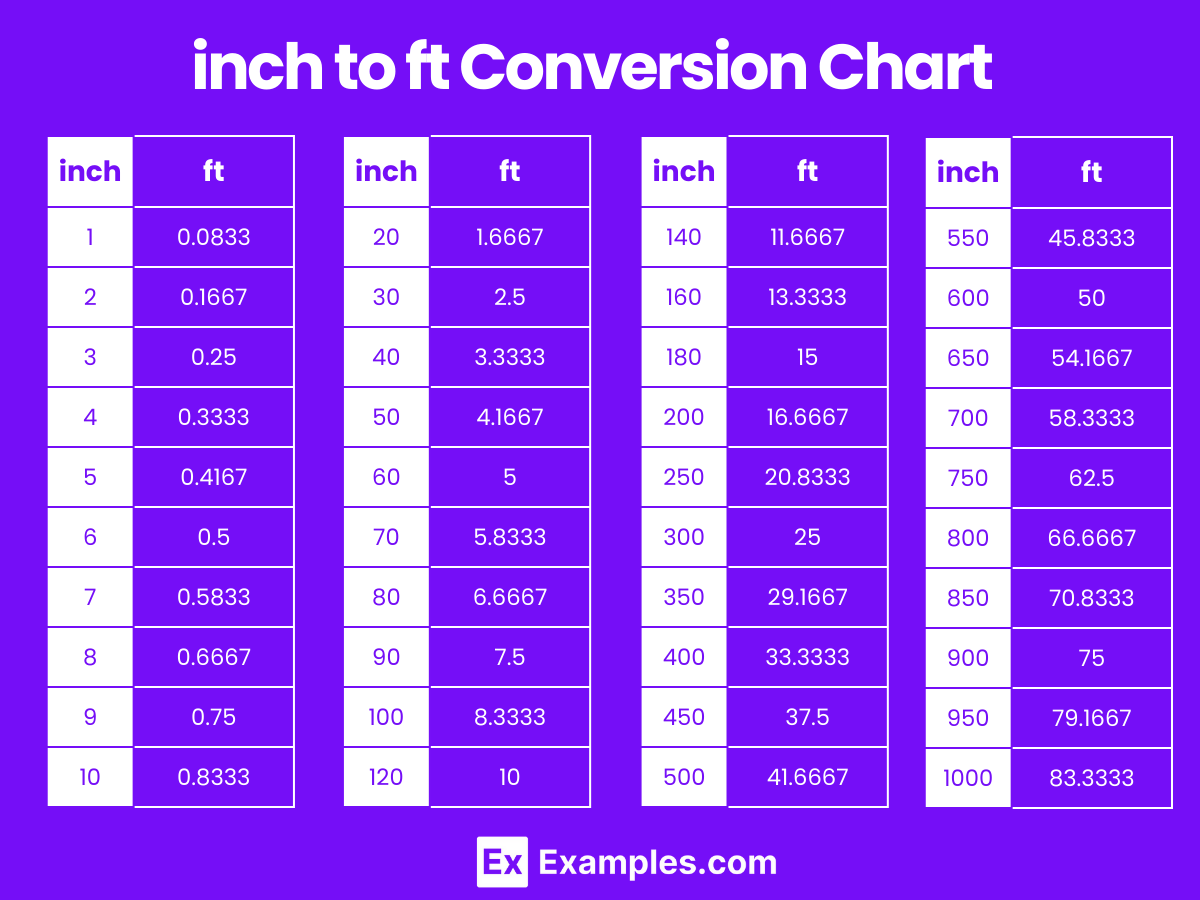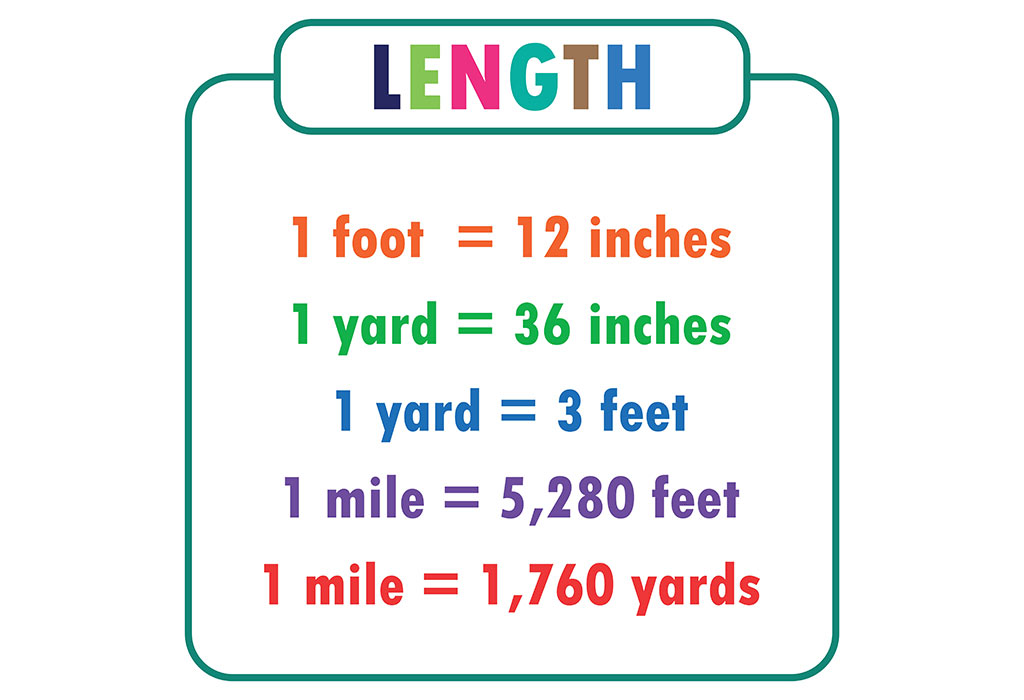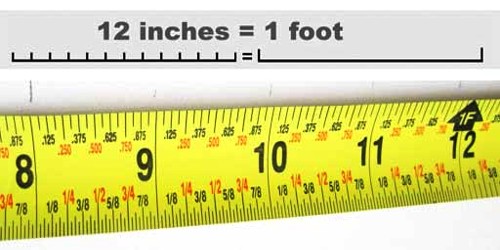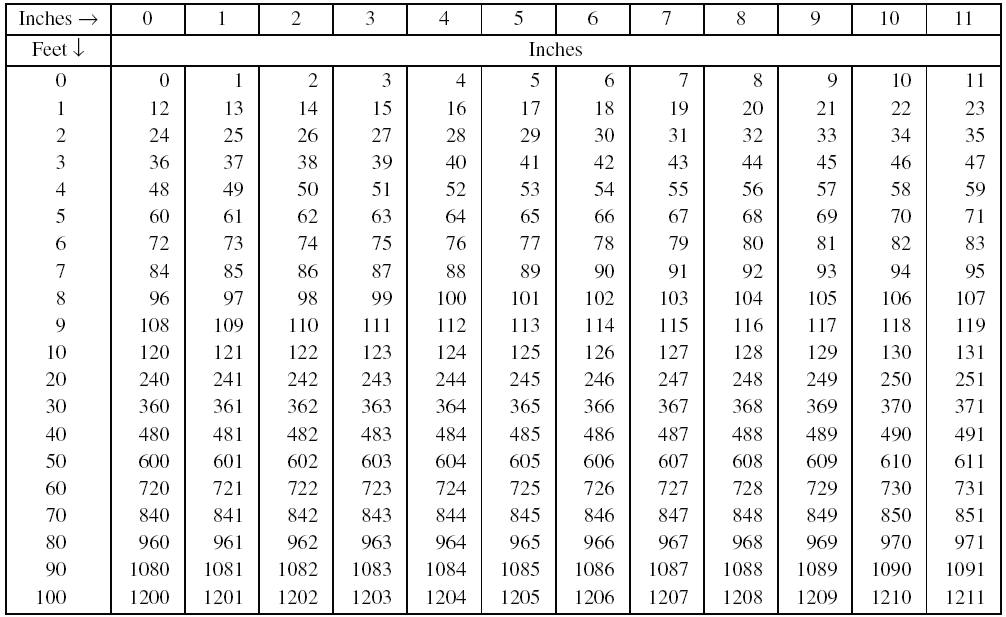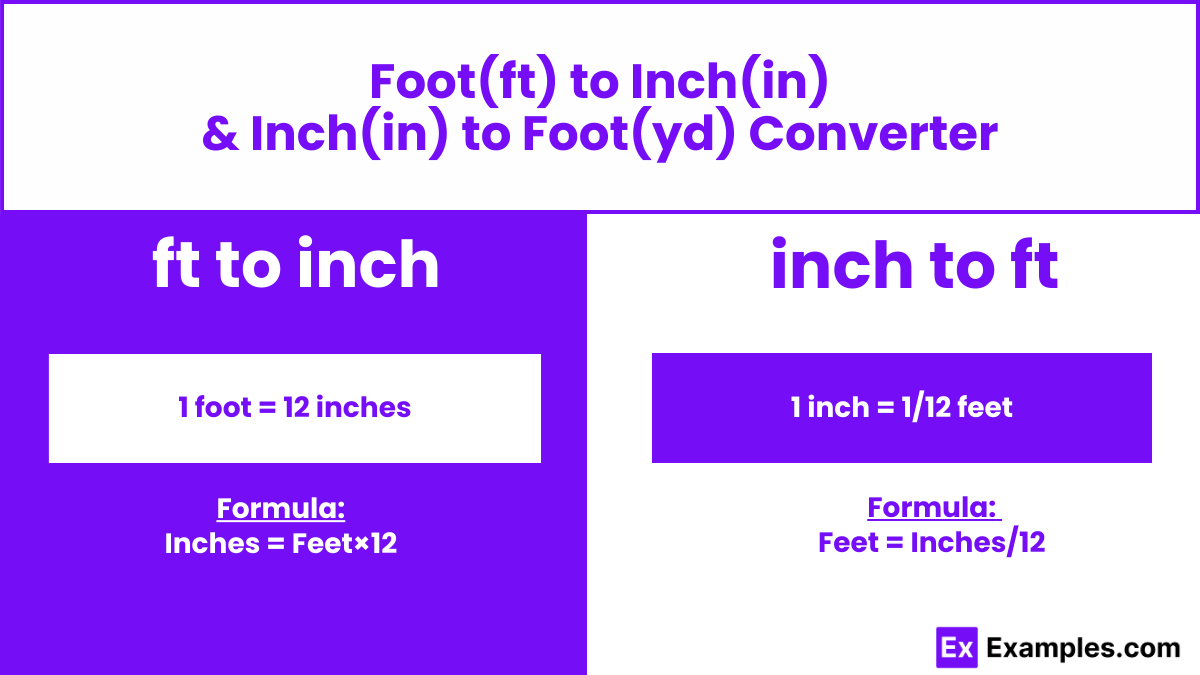How Long Is 74 Inches In Feet

The question seems simple: How long is 74 inches in feet? Yet, behind this seemingly elementary conversion lies a deeper understanding of measurement systems, their historical context, and their practical applications in everyday life and specialized fields.
This article delves into the definitive answer to the 74-inch-to-feet conversion, exploring the methodology, the relevance across various industries, and the subtle nuances that can arise when dealing with measurement conversions. Understanding these details is crucial for accuracy in construction, design, healthcare, and countless other areas where precision is paramount.
The Conversion: Inches to Feet
The fundamental relationship between inches and feet is that 1 foot equals 12 inches. This is the bedrock upon which any inch-to-feet conversion is built.
To convert inches to feet, you simply divide the number of inches by 12.
Therefore, to find out how many feet are in 74 inches, we perform the calculation: 74 inches / 12 inches/foot.
The Answer: 6 Feet and 2 Inches
The result of the calculation, 74 divided by 12, is 6.16666666667. The whole number, 6, represents the number of whole feet.
The decimal portion, 0.16666666667, represents the fraction of a foot.
To convert this fraction back into inches, we multiply it by 12: 0.16666666667 * 12 = 2 inches.
Therefore, 74 inches is equal to 6 feet and 2 inches.
Relevance Across Industries
The conversion between inches and feet is indispensable in many fields. In construction, knowing the exact dimensions of materials, spaces, and structures is essential for safe and efficient building.
Even a small error in measurement can lead to significant problems down the line, impacting structural integrity and aesthetics.
Consider the case of framing a doorway: precise calculations are vital to ensure the door fits properly and functions correctly.
In the fashion industry, accurate body measurements are critical for creating well-fitting clothing. Designers and tailors rely on precise inch-to-feet conversions to draft patterns and alter garments.
Similarly, in healthcare, a patient's height, often measured in inches, is converted to feet and inches or meters to calculate Body Mass Index (BMI) and determine medication dosages.
Any discrepancies in these measurements could have serious consequences for patient care.
Interior design also heavily relies on accurate measurements. From determining the size of furniture to calculating the amount of flooring needed, inch-to-feet conversions are a daily necessity for interior designers.
Miscalculations could lead to ordering the wrong size items or misjudging the layout of a room.
The Importance of Precision
While converting 74 inches to feet may seem like a trivial task, the underlying principle of accurate measurement is crucial in numerous contexts. The difference between 6 feet and 6 feet 2 inches can be significant in practical applications.
Consider a carpenter cutting a piece of wood: a small error can render the piece unusable. "Measure twice, cut once" is a common saying, emphasizing the importance of precision.
This is especially important in industries like aerospace, where extremely tight tolerances are essential for safety and performance.
Furthermore, the choice of measurement system itself can impact accuracy. While the United States commonly uses inches and feet, most of the world relies on the metric system, which uses meters and centimeters.
Converting between these systems introduces another layer of complexity and potential for error.
Organizations like the National Institute of Standards and Technology (NIST) play a crucial role in maintaining measurement standards and providing resources for accurate conversions.
Potential Sources of Error
Even with a simple conversion like inches to feet, errors can creep in. Common sources of error include misreading a measuring tape, rounding errors, and using incorrect conversion factors.
Digital tools and calculators can minimize these errors, but it's still essential to double-check calculations and be aware of potential pitfalls.
For example, relying on a faulty app or website could lead to incorrect results.
Human error is also a significant factor. People may misread numbers, make mistakes in calculations, or simply forget the correct conversion factor.
Proper training and careful attention to detail are crucial to minimize these mistakes.
Standard Operating Procedures (SOPs) in many industries mandate independent verification of measurements to ensure accuracy.
The Future of Measurement
As technology advances, measurement systems are becoming increasingly sophisticated. Laser measuring tools, 3D scanners, and other advanced technologies are enabling more accurate and efficient measurements in various fields.
These tools can also reduce the risk of human error and improve overall precision.
For example, in construction, laser scanners can create detailed 3D models of buildings, allowing architects and engineers to identify potential problems before construction begins.
Moreover, the increasing adoption of Building Information Modeling (BIM) is revolutionizing the construction industry. BIM software allows architects, engineers, and contractors to collaborate on a single digital model of a building, ensuring that all measurements and specifications are consistent.
This can significantly reduce errors and improve project outcomes.
However, even with these advancements, the fundamental principles of measurement and conversion will remain essential. Understanding how to convert inches to feet, and other basic measurements, is still a fundamental skill.
Conclusion
In conclusion, 74 inches is definitively equal to 6 feet and 2 inches. This conversion, while seemingly simple, underscores the importance of accurate measurement in numerous fields, from construction and fashion to healthcare and interior design.
While technology offers advanced tools for measurement, a solid understanding of fundamental conversion principles remains crucial for ensuring accuracy and avoiding costly errors in the long run.
By emphasizing precision and embracing technological advancements, we can continue to improve measurement practices and achieve greater accuracy in all aspects of life.


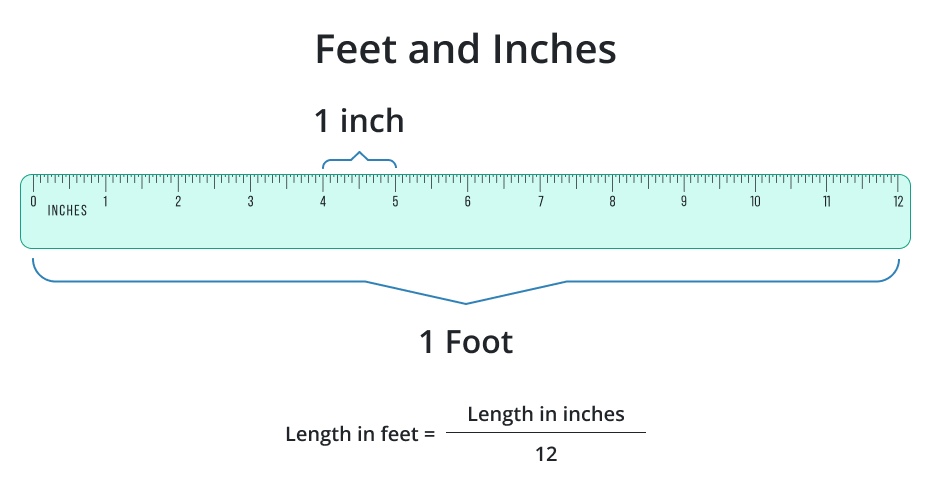





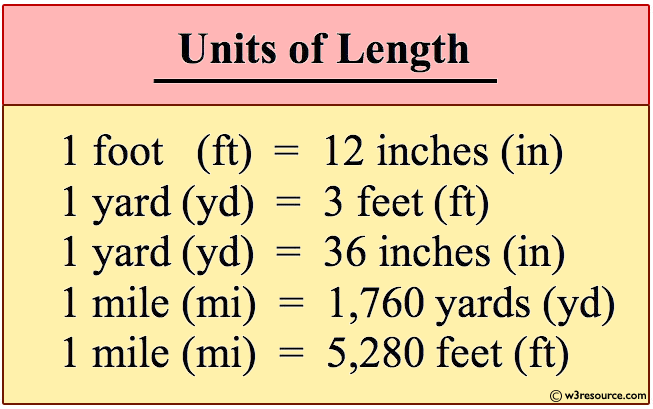

-min.png)
